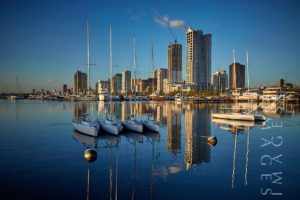
Manila Bay: A Resurgent Haven of Marine Life and Breathtaking Sunsets
It is considered to be one of the world’s great harbors, the Manila Bay, and it serves as the Port of Manila, Philippines. Having once
The Gomburza National Monument, located in front of the National Museum of Fine Arts along Padre Burgos Avenue in Manila, stands as a solemn tribute to three Filipino priests—Mariano Gomes, José Burgos, and Jacinto Zamora—who were executed in 1872. Their martyrdom marked a turning point in Philippine history, igniting nationalist sentiments that would later culminate in the country’s fight for independence. For travelers exploring the historical heart of Manila, this monument offers a compelling glimpse into the nation’s past and the sacrifices made for freedom.

ABOVE: The monument honors Gomburza—Fathers Gomes, Burgos, and Zamora—executed by garrote on February 17, 1872, in Bagumbayan after being accused of instigating the Cavite Mutiny. Their deaths became a rallying cry for revolutionaries, including José Rizal, who dedicated El Filibusterismo to their memory.
ABOVE: The monument honors Gomburza—Fathers Gomes, Burgos, and Zamora—executed by garrote on February 17, 1872, in Bagumbayan after being accused of instigating the Cavite Mutiny. Their deaths became a rallying cry for revolutionaries, including José Rizal, who dedicated El Filibusterismo to their memory.
The monument commemorates one of the most significant events in Philippine history—the execution of Fathers Gomes, Burgos, and Zamora, collectively known as Gomburza. Accused of instigating the 1872 Cavite Mutiny, these priests were convicted of sedition under questionable evidence and executed by garrote on February 17, 1872, in Bagumbayan, now Luneta Park. Their deaths served as a rallying cry for future revolutionaries, including José Rizal, who dedicated his novel El Filibusterismo to their memory.
ABOVE: Originally placed in Plaza de Roma in 1972, the bronze statue was later relocated to Padre Burgos Avenue, in front of the National Museum of Fine Arts, serving as a powerful tribute to their sacrifice and its role in igniting Filipino nationalism.
ABOVE: Originally placed in Plaza de Roma in 1972, the bronze statue was later relocated to Padre Burgos Avenue, in front of the National Museum of Fine Arts, serving as a powerful tribute to their sacrifice and its role in igniting Filipino nationalism.
Sculpted by renowned Filipino artist Solomon Saprid, the Gomburza National Monument is a striking bronze sculpture that captures the tragedy and heroism of the three priests. The design features two fallen figures representing Fathers Gomes and Zamora, while Father Burgos stands, gazing upward—a powerful depiction of sacrifice and resistance. Saprid’s signature expressionist style lends the piece a dramatic and emotional depth that resonates with visitors.
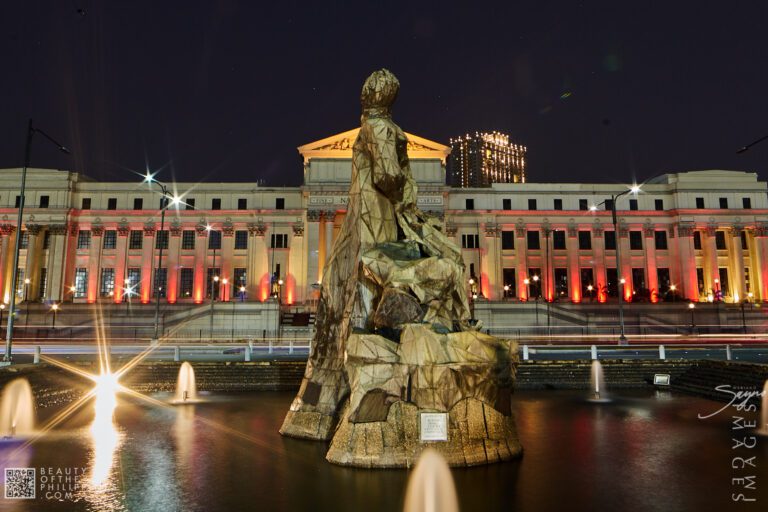
ABOVE: The Gomburza National Monument, in front of the National Museum of Fine Arts in Manila, honors Filipino priests Mariano Gomes, José Burgos, and Jacinto Zamora, executed in 1872. Their martyrdom sparked nationalist sentiments, shaping the country’s fight for independence.
ABOVE: The Gomburza National Monument, in front of the National Museum of Fine Arts in Manila, honors Filipino priests Mariano Gomes, José Burgos, and Jacinto Zamora, executed in 1872. Their martyrdom sparked nationalist sentiments, shaping the country’s fight for independence.
The monument was originally unveiled in 1972 in Plaza de Roma, Intramuros, as part of the centennial commemoration of Gomburza’s martyrdom. However, in 1980, it was relocated to its present location in front of the National Museum of Fine Arts to bring it closer to the actual site of their execution. This move further reinforced its historical relevance, making it an essential landmark for those exploring Manila’s cultural and historical sites.
In the years following its relocation, the monument and its surroundings suffered from neglect. Recognizing its historical and cultural value, the National Museum of the Philippines, in collaboration with the Intramuros Administration, spearheaded a ₱15 million restoration project in 2017. The revitalization, completed in 2018, enhanced the monument’s setting, creating a dignified space for reflection. In 2021, the National Historical Commission of the Philippines officially designated the Gomburza National Monument as a National Monument, solidifying its status as a key heritage site.
ABOVE: The Gomburza National Monument was crafted by renowned Filipino sculptor Solomon Saprid, known for his distinct artistic style that captures movement and emotion through textured bronze.
ABOVE: The Gomburza National Monument was crafted by renowned Filipino sculptor Solomon Saprid, known for his distinct artistic style that captures movement and emotion through textured bronze.
Today, the Gomburza National Monument stands not only as a memorial to the three martyr-priests but also as a testament to the enduring struggle for justice and freedom in the Philippines. For history enthusiasts, students, and tourists alike, visiting this site offers a meaningful connection to the country’s revolutionary past.
When in Manila, take the time to visit this iconic landmark, explore the nearby National Museum of Fine Arts, and walk the historic streets that witnessed the unfolding of the nation’s history. The Gomburza National Monument is more than just a statue—it is a reminder of the sacrifices made in the name of justice and national identity, making it a must-visit destination for those seeking to understand the soul of the Philippines.
RELATED STORIES

It is considered to be one of the world’s great harbors, the Manila Bay, and it serves as the Port of Manila, Philippines. Having once
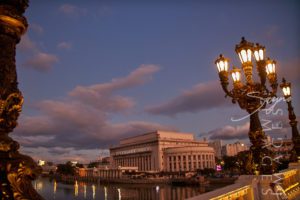
The Manila Post Office, officially known as the Manila Central Post Office, is a distinguished example of neoclassical architecture, originally designed by Juan M. Arellano,
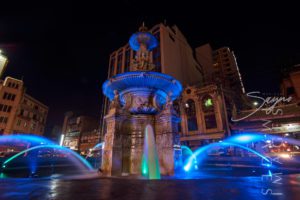
If you’re ever wandering through the lively streets of Manila, one of the city’s must-see spots is the iconic Carriedo Fountain. Nestled in the heart
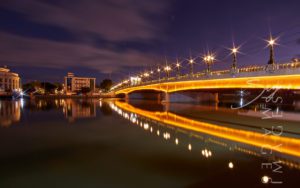
The newly restored Jones Bridge is easily recognizable by its beautifully designed black lamp posts—the same ones that were there when the bridge was first
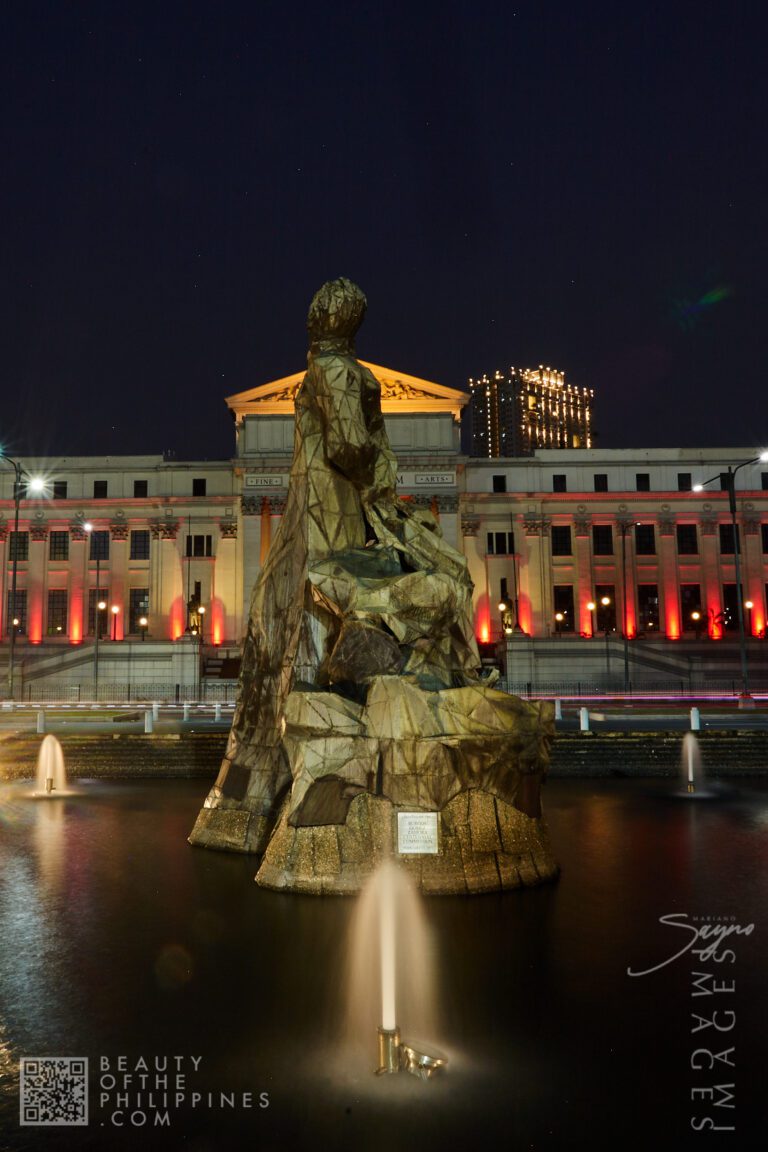
I’m looking forward to the stories and images leaving a lasting positive impression on you, just as they have on me. Stay connected with us on social media for a weekly exploration of travel assignments and breathtaking visuals. Our focus is on championing local tourism, showcasing small businesses, and honoring the magnificence of the Philippines through the content we curate. Join us in spreading the word by clicking the ‘share’ buttons below. Your support means the world to us.
EXPLORE MORE about
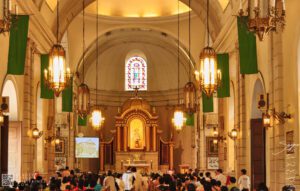
Malate Church stands as a profound symbol of faith, resilience, and artistry, preserving its sacred role and architectural splendor through centuries of triumphs and trials.
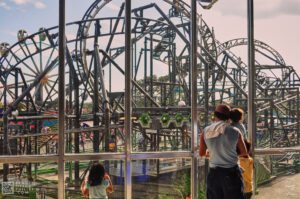
Nestled in the heart of Pasay City within the Cultural Center of the Philippines Complex, Star City stands as one of the premier amusement parks

Originally built in 1880, the Manila Cathedral is the current version of the longstanding Church of Manila. It is a masterpiece of architecture that was

Nestled in the heart of Quezon City, La Mesa Ecopark stands as a serene sanctuary, offering both a retreat for nature lovers and an educational
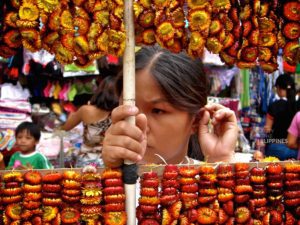
Plaza Miranda is a public square bounded by Quezon Boulevard, Hidalgo Street and Evangelista Street in Quiapo, Manila. It is the plaza which fronts the
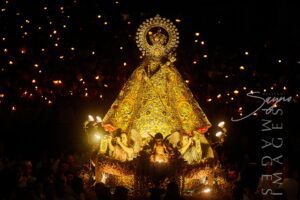
Every October, the vibrant streets of Quezon City come alive with faith, devotion, and rich cultural traditions during the Feast of La Naval de Manila.
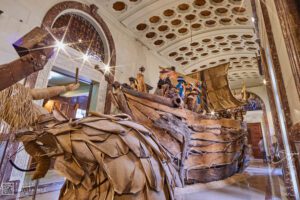
The National Museum of Anthropology, located in the heart of Manila within the National Museum Complex, is a must-visit destination for travelers eager to explore
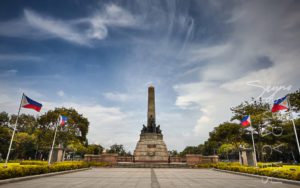
Located along Roxas Boulevard, Manila and adjacent to the century-old walled city of Intramuros, the Luneta National Park, or “Luneta” as many refer to it,
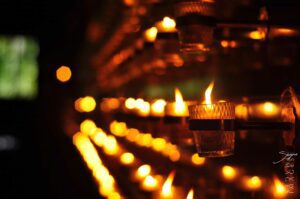
The Padre Pio Chapel, also known as the St. Pio of Pietrelcina Chapel, holds a special place in my heart as a photographer. It revealed

The Bonifacio Monument, also called Bonifacio Monumento or Monumento, proudly stands in Caloocan City, Metro Manila. It is a powerful symbol created by the National
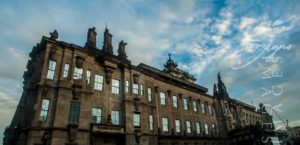
UST, also known as the University of Santo Tomas, is a private Roman Catholic university located in Sampaloc, Manila. It was founded on 28 April
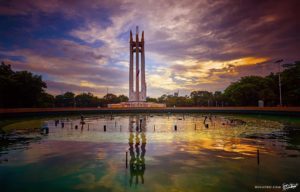
One of Quezon City’s main parks is the Quezon Memorial Circle, which is located in Quezon City and is surrounded by an elliptical road, making
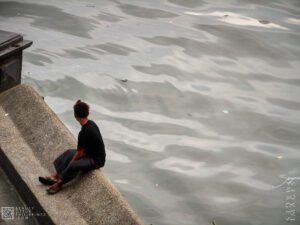
Quezon Bridge, a striking steel arch bridge spanning the Pasig River, is more than just a vital transportation link—it is a historical icon of Manila.

If you’re ever wandering through the lively streets of Manila, one of the city’s must-see spots is the iconic Carriedo Fountain. Nestled in the heart
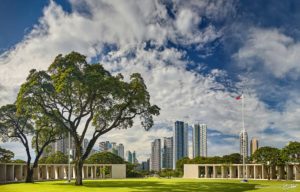
Manila American Cemetery and Memorial is located in the heart of Taguig City on the lands of Fort Bonifacio and serves as the largest grave

The newly restored Jones Bridge is easily recognizable by its beautifully designed black lamp posts—the same ones that were there when the bridge was first

As the nation’s first ever world-class marine theme park, Manila Ocean Park is located in Ermita Manila, within the Philippines’ largest urban resort/aqua-themed hotel complex
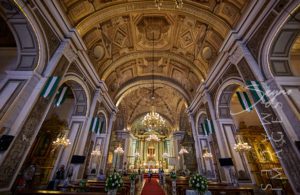
Known as one of the most important baroque churches in the Philippines and as one of the only four baroque churches in the Philippines that

Nestled in the historic district of Ermita, Manila City Hall is more than just the seat of the city’s government—it’s a testament to the rich
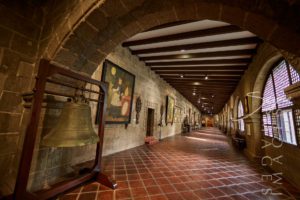
The San Agustin Museum is located adjacent to the UNESCO World Heritage Site, San Agustin Church. It is located in Intramuros—the walled city of Manila—and
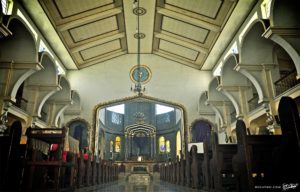
The Polo Church, formally known as the San Diego de Alcala Church, resides in the Polo neighborhood of Valenzuela, Manila. This church has a captivating

The Manila Post Office, officially known as the Manila Central Post Office, is a distinguished example of neoclassical architecture, originally designed by Juan M. Arellano,
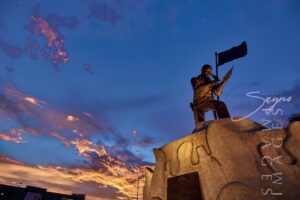
The Andres Bonifacio Birthplace Monument in Tutuban, Divisoria stands as a powerful symbol of Filipino patriotism and a tribute to the courage and leadership of Andres

It is the home of the popular Asian elephant, Mali, as well as 90 other species. As well as being a landmark in Manila, the
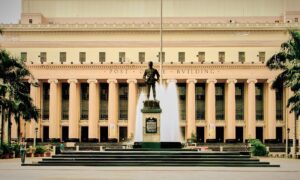
Nestled in the heart of Manila, Liwasang Bonifacio is a place where history, culture, and modern urban life converge. Formerly known as Plaza Lawton, this
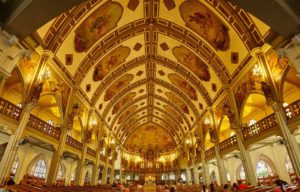
The Manila Abbey San Beda, or formally known as Abbey of Our Lady of Montserrat, is a Benedictine men’s monastery located along the streets of
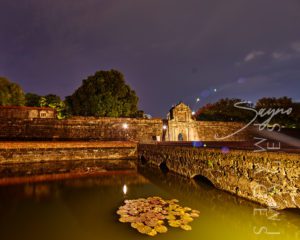
It is also known as the Walled City, and during the Spanish Colonial Period it was synonymous with the city of Manila. Intramuros was also
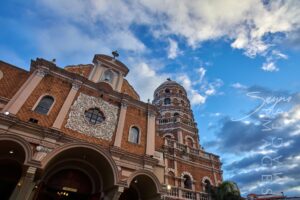
If you’re wandering through the heart of Manila and looking for a place where stories linger and time seems to slow down, Santa Cruz Church
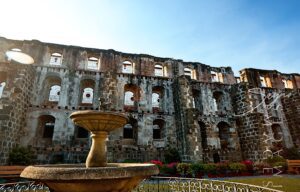
Located within the historic district of Intramuros, Manila, Padre Blanco Gardens—also known as Father Blanco’s Garden—offers a charming and romantic retreat amid centuries-old architecture. This

It is considered to be one of the world’s great harbors, the Manila Bay, and it serves as the Port of Manila, Philippines. Having once
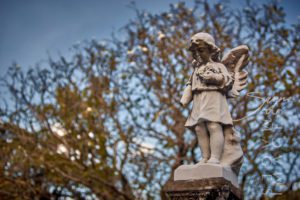
As one of the oldest cemeteries in Manila, Campo Santo De La Loma, commonly referred to as the La Loma Cemetery, is one of the
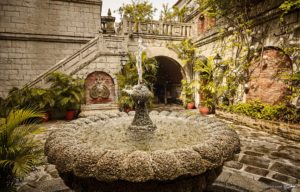
Casa Manila, located in the heart of Intramuros, Manila, is a living museum that transports visitors to the grandeur of the Spanish colonial era. As
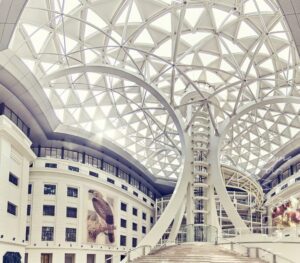
Explore the vibrant tapestry of Manila through its four national museums, each a unique gem in the city’s cultural crown. These four distinguished establishments are

The University of the Philippines Diliman (UP Diliman) is more than just the country’s premier academic institution—it is a historical, cultural, and natural destination worth
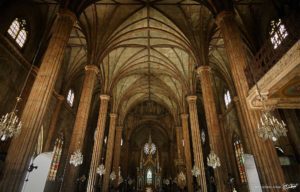
San Sebastian Church is a Roman Catholic Minor Basilica located in Quiapo, Manila. It’s also known as Minor Basilica of San Sebastian or San Sebastian
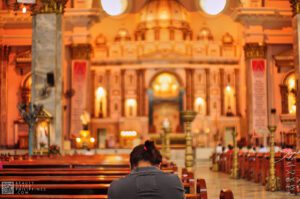
The Binondo Church is a historic church in Manila, located in the District of Binondo, near the Plaza San Lorenzo Ruiz. It was previously called

Nestled at the crossroads of Las Piñas in Metro Manila and Bacoor in Cavite, the Zapote Bridge stands as a silent yet powerful witness to
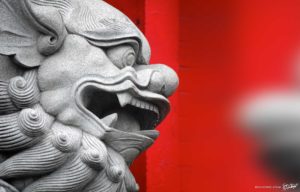
In addition to being considered the oldest Chinatown in the world, Binondo Chinatown is also the center of trade and commerce in Manila City. In
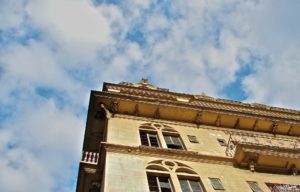
It is always a surprise for buildings, parks and houses to survive such wars as it is almost inevitable that everything will be brought down
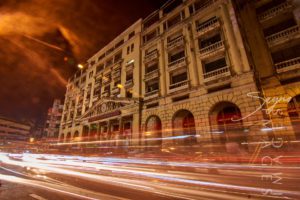
I experienced the vibrant and colorful life of downtown in full. I took some time to appreciate the beauty of Santa Cruz Church and Plaza
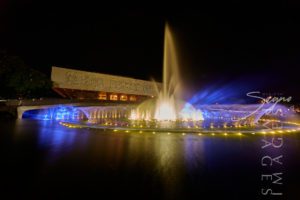
The Cultural Center of the Philippines or CCP was founded in 1966 under the directive of former President Ferdinand Marcos, in order to reinforce and
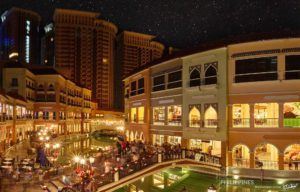
Located in the heart of the Taguig City, the Venice Grand Canal is a lifestyle mall development under the Megaworld Lifestyle Malls Located inside the
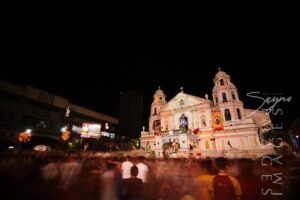
Quiapo, Manila, is home to the historic Quiapo Church, officially known as the Minor Basilica and National Shrine of the Black Nazarene. This revered religious
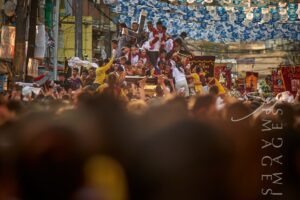
The Nazareno Festival, or the Feast of the Black Nazarene, is one of the most spectacular and deeply moving religious events in the Philippines. Held
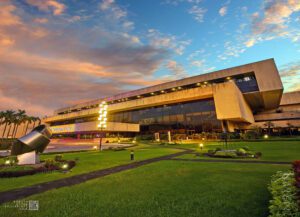
The Philippine International Convention Center (PICC) stands as a monument to the Philippines’ ambition to be a key player on the global stage. With its
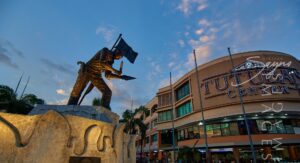
Situated in the heart of Manila, Tutuban Center is more than just a shopping destination—it’s a vibrant mix of history, commerce, and culture that draws
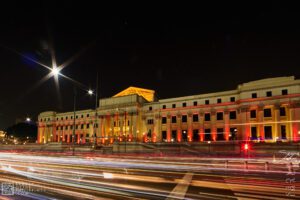
Manila, the vibrant capital of the Philippines, is home to a wealth of cultural and historical landmarks, and among its crown jewels is the National
BROWSE BY CATEGORIES